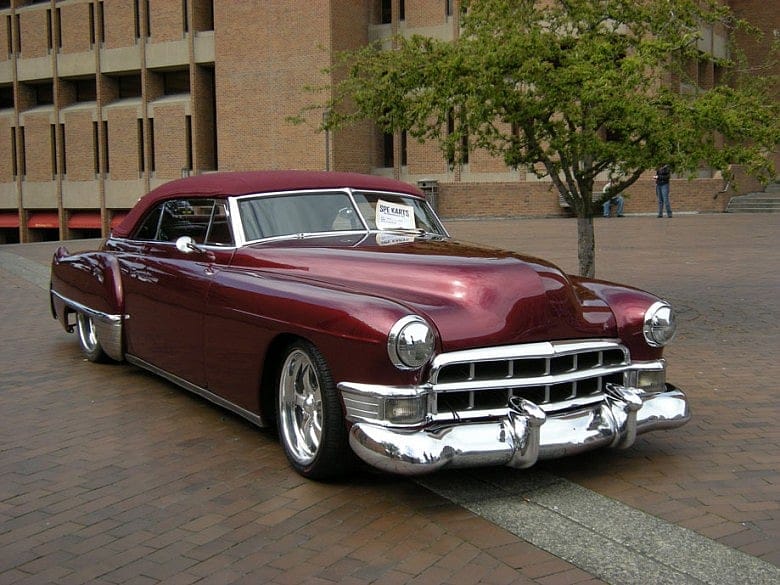‘Cadillac tax’ runs over the middle class

Have you heard of the "Cadillac tax?"
Despite the clever phrasing, it's not a luxury automobile tax aimed at the wealthiest 1 percent. The Cadillac brand has long been associated with affluence. In the 1950s and 1960s, owning a Cadillac signaled that a person had climbed to the top of the American socio-economic ladder. Following the fuel shortages and recession of the 1970s, the same Cadillac suggested excessive gas guzzling and unseemly conspicuous consumption.

